I WANTED to go to Izmir, now, but Michael begged that I stay a bit longer and see more of his province. So, I stayed on, teaching refugee kids at a language school that he was involved with. I used to be a teacher in New Zealand; and the kids were so sweet.
The only drawback was the heat: Michael’s place wasn’t air-conditioned, so I didn’t get much sleep! I’ve heard that it’s quite common for people to sleep on the roof in Turkey or used to be; maybe in more rural areas.
I never got tired of wandering around the old town of Antakya, on the Asi Nehri or River Orontes, the ancient Greek name which it still has in English.


Still in Antakya, or Antioch, we visited the Moses Tree on Defne Road, which is supposed to be about three thousand years old and to have grown from the staff of Moses.
Tradition holds that that Moses and the immortal man known to the Turks as Hızır climbed a mountain; then Moses planted his staff in the ground and drank from a stream which contained the waters of life (Ab-ı Hayat), and at the same time Moses’s walking stick turned into a tree and grew leaves.
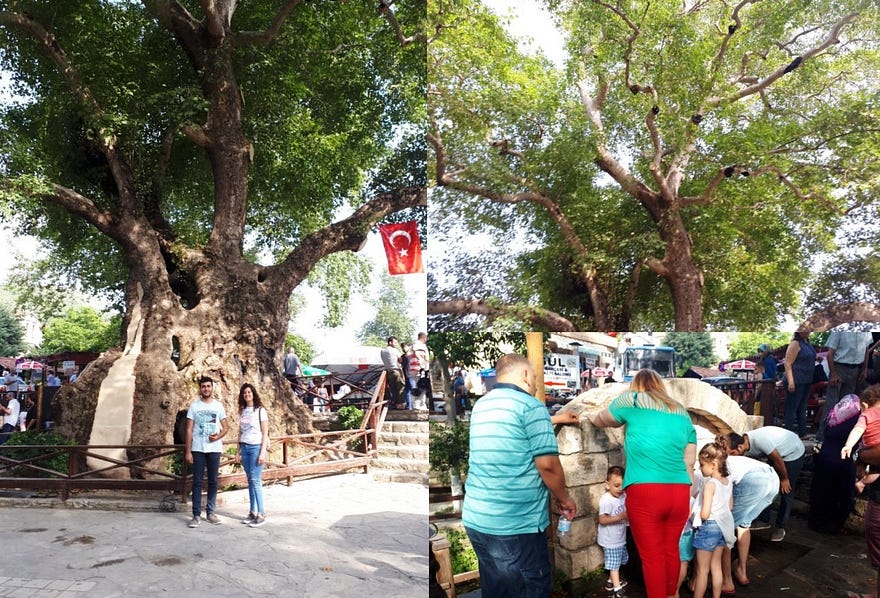
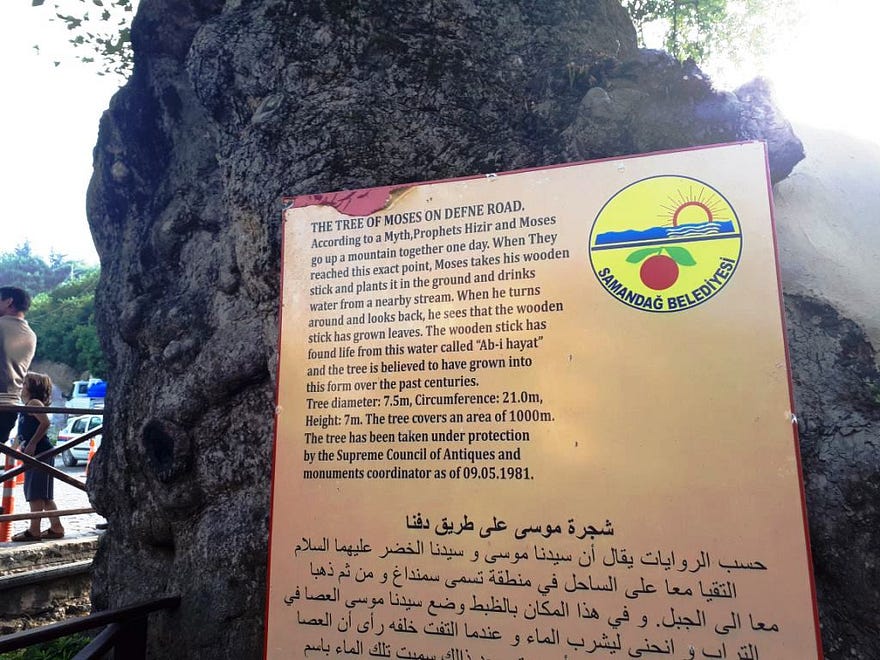
Moses’s companion, who is also called al-Khidr in Arabic, is the Middle Eastern incarnation of the green man found in many cultures. Hızır, or al-Khidr, is also an important figure in Muslim tradition: one of a handful of immortals who roam the world doing good works. No doubt, he was inherited from more polytheistic times; but to treat him as anything more than one of God’s servants is frowned upon today.
We also travelled to the bridal-veil falls of Harbiye, or Defne, about eight kilometres from Antakya. According to the ancient Greeks, this was the spot where the sun-god Apollo saw Daphne, a beautiful nymph, and fell in love with her. Daphne is Defne in Turkish: whence Defne, and the Defne Road on which the Moses Tree finds itself.
Daphne fled from Apollo but, seeing there was no escape from the god’s attentions, called on her father, the river-god Peneus, and was turned into a laurel tree. The waters of the waterfall are said to be Daphne’s tears. And the laurel tree is also called defne in Turkish.
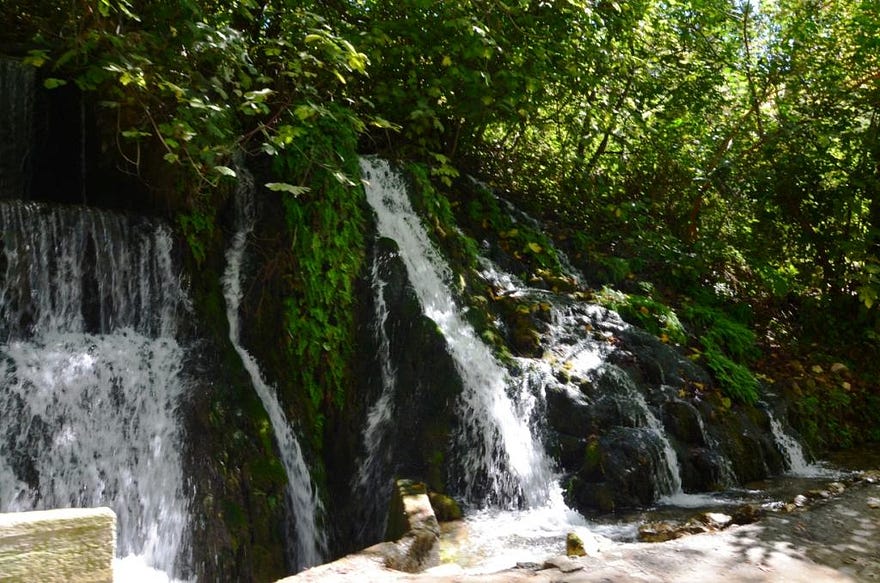
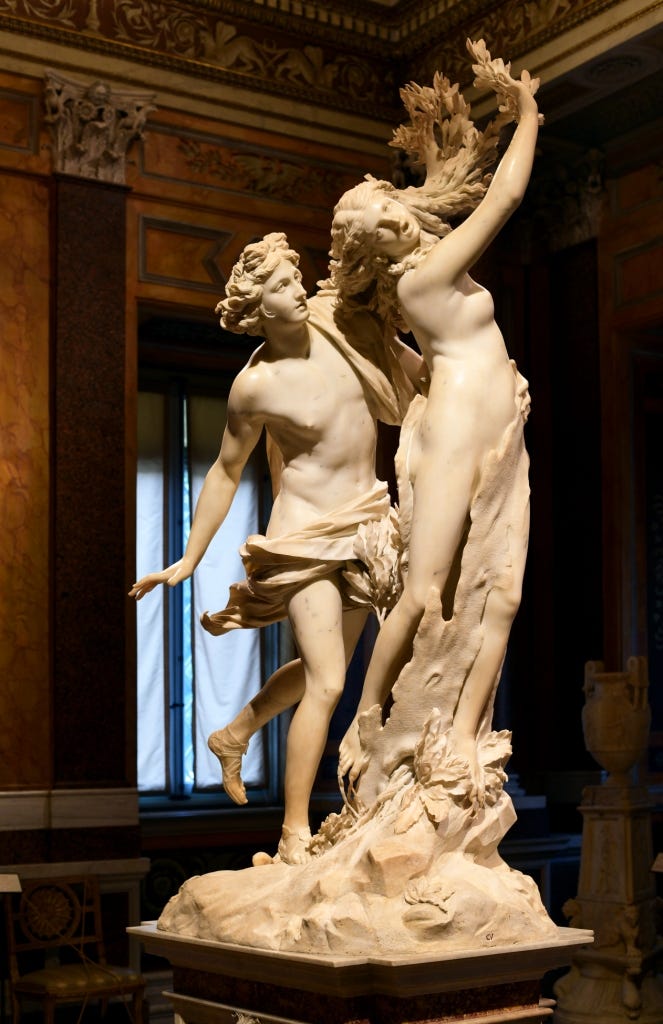
And we visited the mosque of Habib’ün Neccar (or Habib-i Neccar), an important example of sacred architecture from the Ottoman era in Antakya. Originally a Byzantine church named after John the Baptist and probably before that a temple dedicated to the gods of Greece and Rome (it was quite common for temples in the Roman Middle East to become churches, and thereafter, mosques), this mosque contains the tomb of Habib, a carpenter who was an early follower of Jesus in Muslim tradition, along with another early Christian named Simon the Pure. It also includes sarcophagi labelled with the names of Jonah and John the Baptist, though whether these really are the final resting places of such legendary Biblical figures remains to be put to the test.
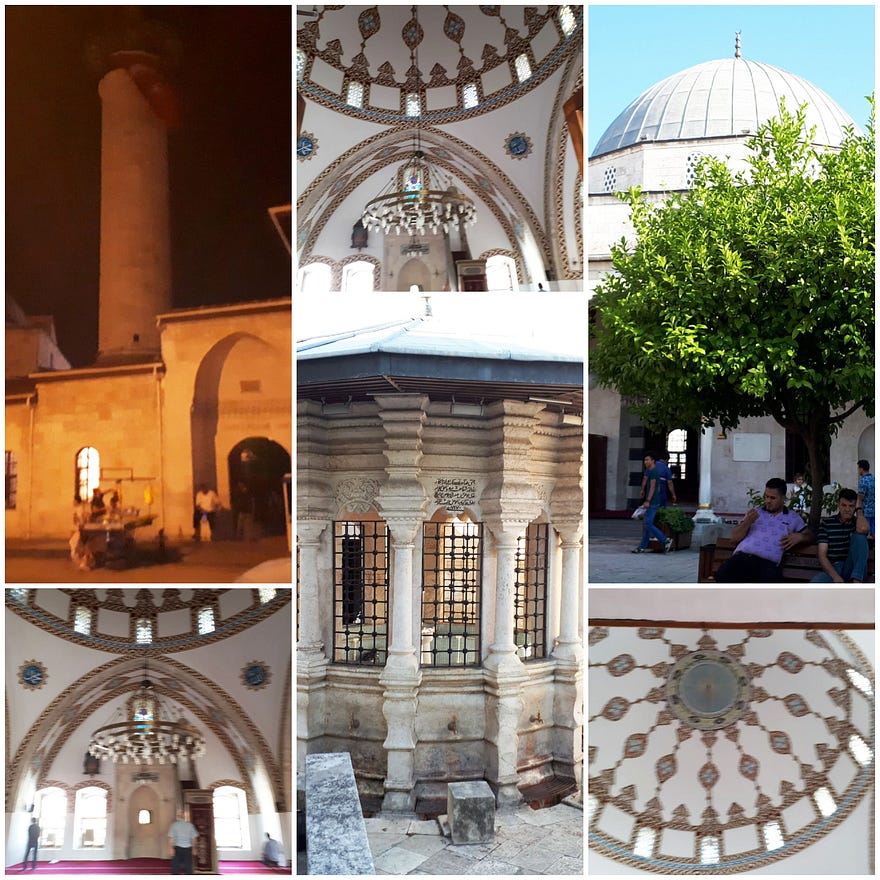
As with the Green Man, the Moses Tree and the Daphne falls, the rather ecumenical mosque of Habib is a good example of the way that culture and religion in these parts have been built up layer by layer, like soil.
We also ventured further afield, to the sites I mentioned in my first blog on Hatay: Bakras Castle, the Vespasian-Titus Tunnel, and the Iron Gate of Antioch. And we went to the beach at Samandağ, west of the now dried-up port of Seleucia Peiria, and to Iskenderun, the former Alexandretta.
Driving was initially a shock: road rage constant. I was driving a manual which I found hard. People were beeping their horns at me when I was only one second late to move off on a green light.
The Samandağ beach literally had plastic on the banks, in the water and in the sand. We travelled up the coast and found more plastic in the water while I was swimming.
The food was a consolation at Samandağ. We had amazing local dishes, that included fish and fresh green chickpeas, which we also saw for sale in the old town of Antakya.

Chickpeas are apparently as easy to grow as any other kind of pea, though nobody in the West seems to bother. There are different varieties and I don’t think the green ones that people eat fresh in Hatay are the same sort as the yellow ones sold dry. As you might expect, there’s no comparison between dried chickpeas and the fresh ones.
We drove along a spectacular and scenic coast road, around a mountainous headland. It was only when we got to a seaside town called Arsuz, on the way to Iskanderun, that we found beaches that were free of plastic.
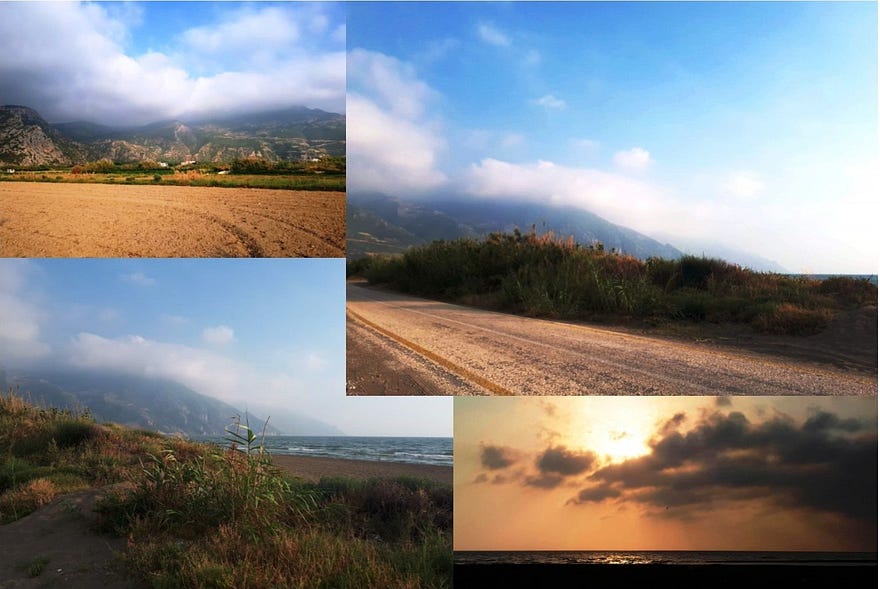
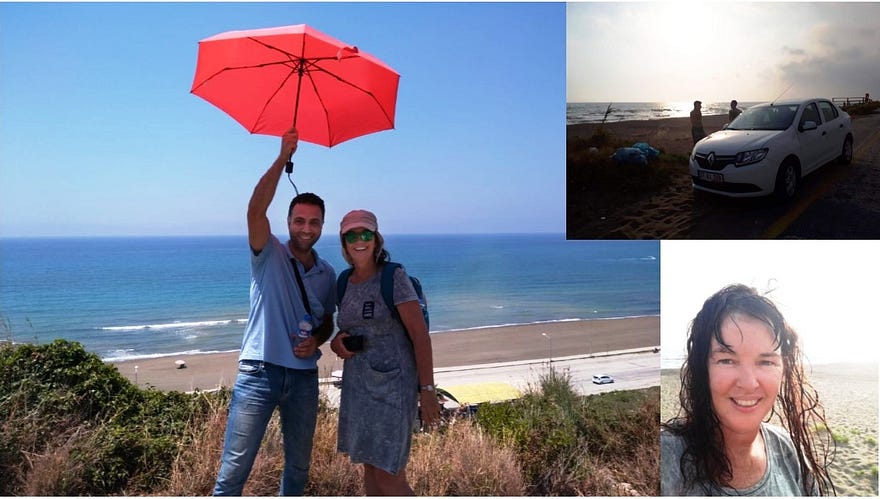

The sunset was amazing!
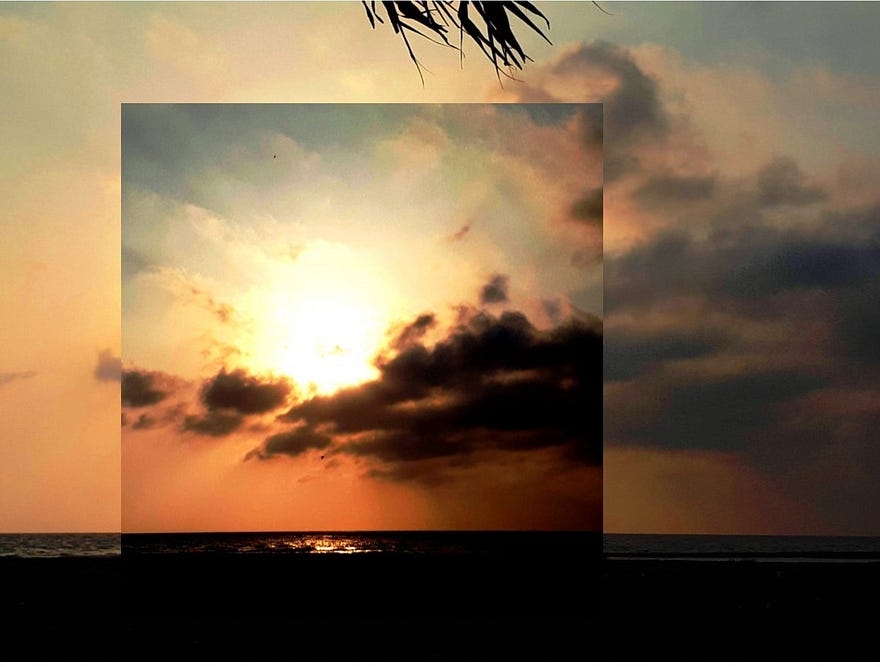

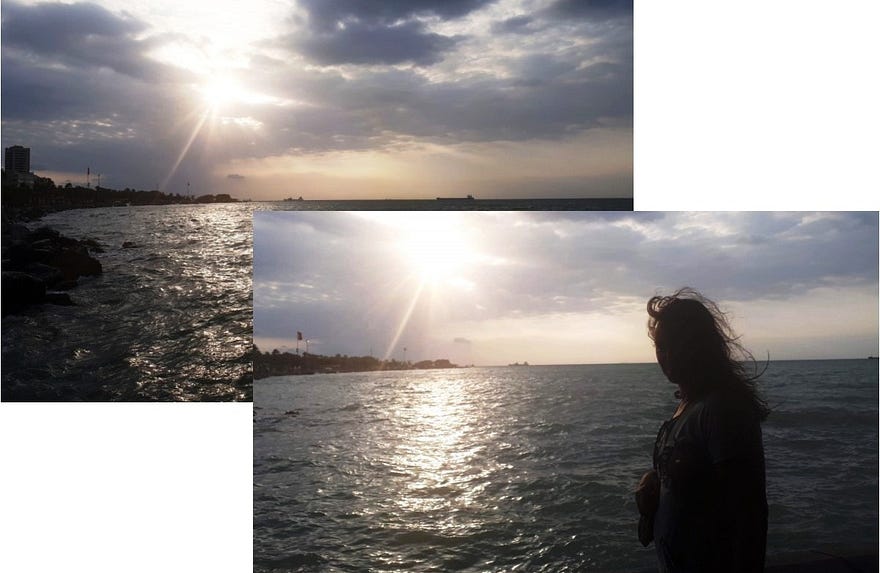
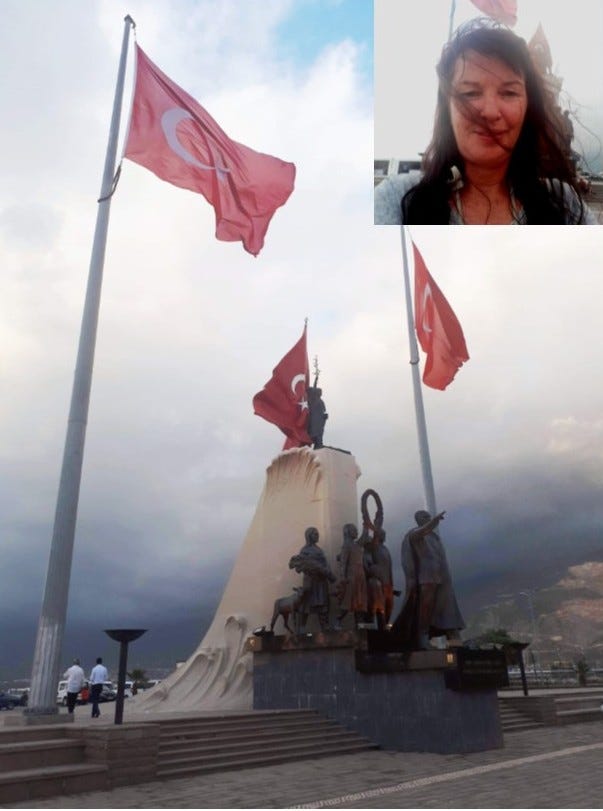
Michael would constantly talk about life and how he wanted it to go back to normal. I found out he had a past girlfriend from a Sunni sect, who had moved from Damascus to Saudi Arabia to be with her father and could not leave the country. The two families did not like each other.
Michael was waiting for the war to end. For much of the the way along the coast, we could see the hills north of the Syrian port of Latakia. At Samandağ, we were only one bay over. It all just seemed so surreal to me: this world of a young man, whose life was put on hold.
But so is that of the province. To sum up (driving habits apart), Hatay has enormous cultural depth, beautiful beaches and scenery, and obvious tourist potential as a result. But the Syrian conflict is acting as a damper. Some travel advisories recommend not going to Hatay for anything other than essential travel, and the area close to the Syrian border is certainly not safe.
In addition, growing structural problems within the Turkish economy have seen the flight of investment capital. In the last four years, the Turkish lira has lost roughly half its value, relative to the US dollar. I hope for everyone’s sake the economy succeeds, but things look doubtful right now.
This means that the ruling AKP party is likely to funnel its projects to parts of the country which support its legislative agenda rather than places like Hatay, which are anti-AKP.
Unless the conflict in Syria winds down, the economic outlook for Hatay is not positive at the moment.
Having said all that, I felt that Antakya was safer than Istanbul and found the Hatay province to be just so historic. Thanks, Michael, for inviting me!
Here is my Amazon author page. I’m also publishing my books, progressively, on other platforms.
Subscribe to our mailing list to receive free giveaways!